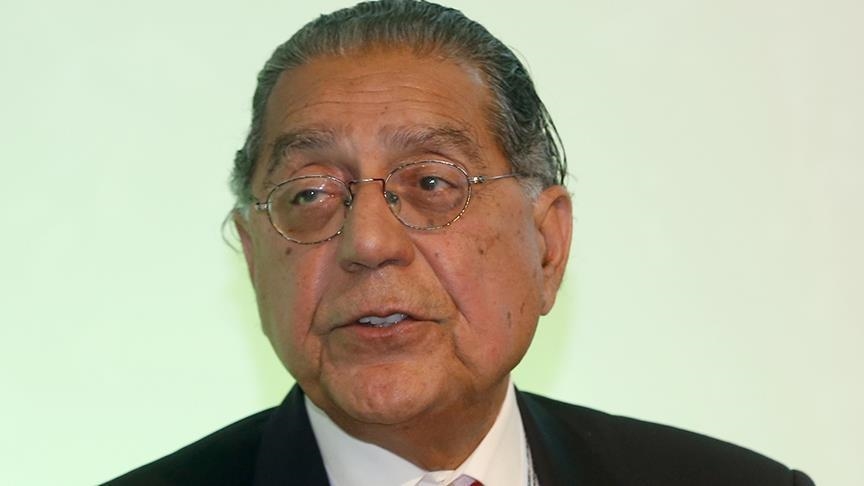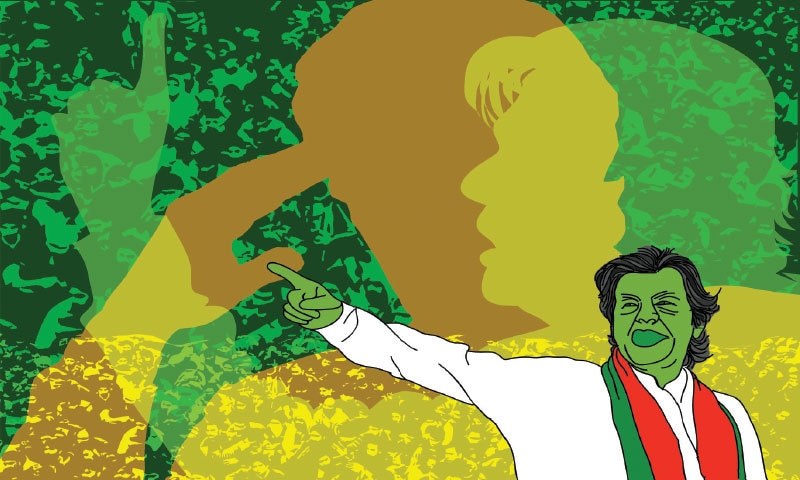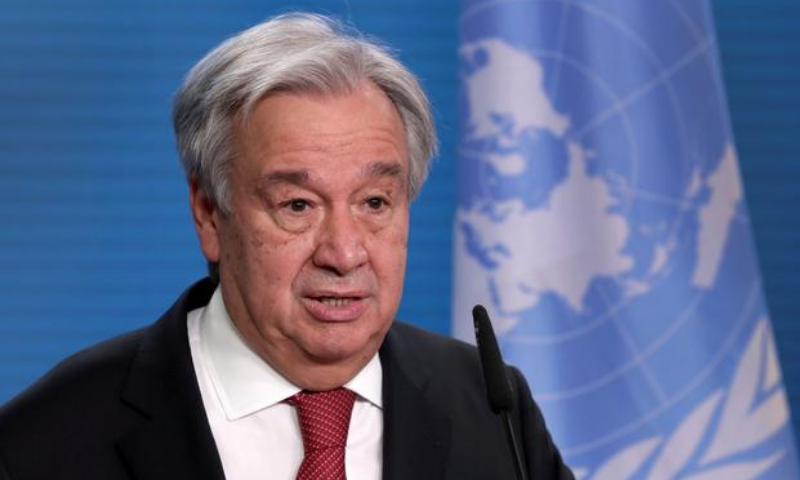In a March 7, 2010 essay for the
New York Times, the American linguist and author Ben Zimmer writes, “When politicians fret about the public perception of a decision more than the substance of the decision itself, we’re living in a world of optics.”
On the other hand, according to Deborah Johnson in the June 2017 issue of
Attorney at Law, a politician may have the best interests of his constituents in mind, but he or she doesn’t come across smoothly because optics are bad, even though the substance is good. Johnson writes that things have increasingly slid from substance to optics.
Optics in this context have always played a prominent role in politics. Yet, it is also true that their usage has grown manifold with the proliferation of electronic and social media, and, especially, of ‘populism.’ Populists often travel with personal photographers so that they can be snapped and proliferate images that are positively relevant to their core audience.
Pakistan’s PM Imran Khan relies heavily on such optics. He is also considered to be a populist. But then why did he so stubbornly refuse to meet the mourning families of the 11 Hazara Shia miners who were brutally murdered in Quetta? Instead, the optics space in this case was filled by opposition leaders, Maryam Nawaz and Bilawal Bhutto.
Nevertheless, this piece is not about why an optics-obsessed PM such as Khan didn’t immediately occupy the space that was eventually filled by his opponents. It is more about exploring whether Khan really is a populist? For this we will have to first figure out what populism is.
According to the American sociologist, Bart Bonikowski, in the 2019 anthology
When Democracy Trumps Populism, populism poses to be ‘anti-establishment’ and ‘anti-elite.’ It can emerge from the right as well as the left, but during its most recent rise in the last decade, it has mostly come up from the right.
The current prime minister is not very different from his populist contemporaries in other developing countries
According to Bonikowski, populism of the right has stark ethnic or religious nationalist tendencies. It draws and popularises a certain paradigm of ‘authentic’ racial or religious nationalism and claims that those who do not have the required features to fit in this paradigm are outsiders and, therefore, a threat to the ‘national body.’ It also lashes out against established political forces and state institutions for being ‘elitist,’ ‘corrupt’ and facilitators of pluralism that is usurping the interests of the authentic members of the national body in a bid to undermine the ‘silent majority.’ Populism aspires to represent this silent majority, claiming to empower it.
Simply put, all this, in varying degrees, is at the core of populist regimes that, in the last decade or so, began to take shape in various countries — especially in the US, UK, India, Brazil, Turkey, Philippines, Hungary, Poland, Russia, Czech Republic and Pakistan. Yet, if anti-establishmentarian action and rhetoric is a prominent feature of populism, then what about populist regimes that are not only close to certain powerful state institutions, but were or are actually propped up by them? Opposition parties in Pakistan insist that Imran Khan’s party is propped up by the country’s military establishment, which is aiding it to remain afloat despite it failing on many fronts. The same is the case with the populist regime in Brazil.
Does this mean such regimes are not really populist? No. According to the economist Pranab Bardhan (University of California, Berkeley), even though populists share many similarities, populism’s shape can shift from region to region. Bardhan writes that characteristics of populism are qualitatively different in developed countries from those in developing countries. For example, whereas globalisation is seen in a negative light by populists in Europe and the US, a November 2016 survey published in
The Economist shows that the people of 18 developing countries saw it positively, believing it gave their countries’ economies the opportunity to assert themselves.
Secondly, according to Bardhan, survey evidence suggests that much of the support for populist politics in developed countries is coming from less-educated, blue-collar workers, and from the rural backwaters. Populists in developing countries, by contrast, are deriving support mainly from the rising middle classes and the aspirational youth in urban areas. To Bardhan, in India, Pakistan, Turkey, Poland and Russia, symbols of ‘illiberal religious resurgence’ have been used by populist leaders to energise the upwardly-mobile or arriviste social groups.
He also writes that, in developed countries, populism is at loggerheads with the centralising state and political institutions, because it sees them as elitist, detached and a threat to local communities. But in developing countries, the populists have tried to centralise power and weaken local communities. To populists in developing countries, the main villains are not the so-called cold and detached state institutions, but ‘corrupt’ civilian parties. Ironically, while populism in the US is against welfare programmes, such programmes remain important to populists in developing countries.
Keeping this in mind, one can conclude that PM Khan is a populist, quite like his populist contemporaries in other developing countries. Despite nationalist rhetoric and his condemnatory understanding of colonialism, globalisation that promises foreign investment in the country is welcomed. His main base of support remains aspirational and upwardly-mobile urban middle-class segments. He often uses religious symbology and exhibitions of piety to energise this segment, providing religious context to what are actually Western ideas of state, governance, economics and nationalism. For example, the Scandinavian idea of the welfare state that he admires is defined as Riyasat-i-Madina (State of Madina).
Unlike populism in Europe and the US, populism in developing countries embraces the ‘establishment’ and, instead, turns its guns towards established political parties which it describes as being ‘corrupt.’ Khan is no different. He admires the Chinese system of central planning and economy and dreams of a centralised system that would seamlessly merge the military, the bureaucracy and his government into a single ruling whole. His urban middle-class supporters often applaud this ‘vision.’
Published in Dawn, EOS, January 17th, 2021
The current prime minister is not very different from his populist contemporaries in other developing countries.
www.dawn.com







